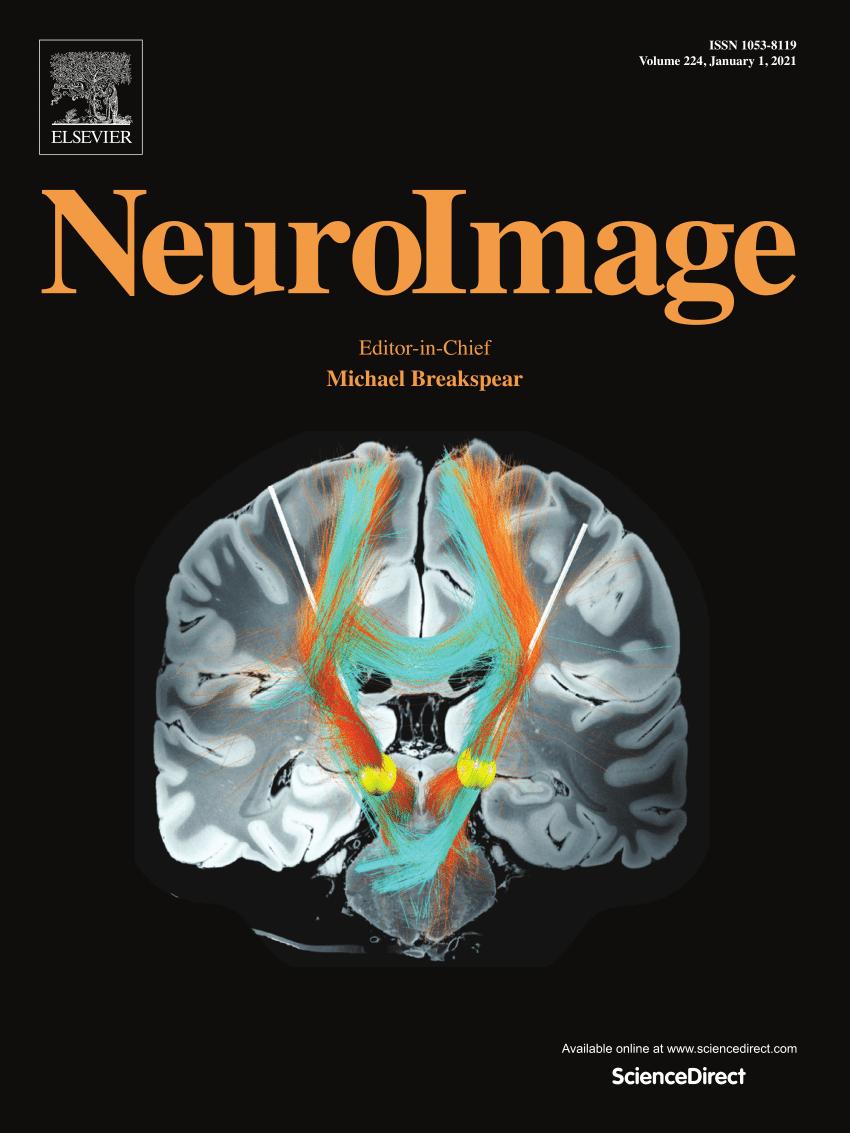Meditation in the third-person perspective modulates minimal self and heartbeat-evoked potentials
IF 4.5
2区 医学
Q1 NEUROIMAGING
引用次数: 0
Abstract
Experienced meditation practitioners often report altered states of their sense of self, including decentering and distancing the self from the body and one’s current concerns. Altered states of the sense of self, such as disembodiment and distancing of the self from the body, have also been induced experimentally using virtual reality (VR) and linked neurally to heartbeat-evoked potentials (HEPs). Whereas studies investigated the related neural correlates of such decentering during meditation, none experimentally modulated the sense of self during meditation practice using VR nor determined the potentially associated behavioral changes of the sense of self. Here we determined HEPs and behavioral measures in 23 participants who performed a guided meditation in VR, either from a third-person (3PP) or first-person perspective (1PP) to modulate the sense of self. In the 3PP-vs-1PP meditation condition, we report immediate effects including stronger sensations of detachment and disconnection, reduced salience of the perceived body boundary, and reduced self-identification with the body. HEP analysis revealed a more negative HEP amplitude in the 3PP condition, associated with activation of the posterior cingulate cortex and medial prefrontal cortex. Leveraging a new VR-supported meditation platform and methods, these data link the sense of self in meditation practice to the neuroscience of the bodily self, based on short-term subjective, behavioral, and neural changes. The study provides a foundation for future research on whether manipulating the minimal self in VR can aid in cultivating self-transcendent experiences reported by experienced meditators and whether integrating this manipulation facilitates the cultivation of long-term changes.
第三人称视角的冥想调节了最小的自我和心跳诱发电位
经验丰富的冥想练习者经常报告说,他们的自我意识状态发生了改变,包括将自我从身体和当前的担忧中分离出来。自我意识的改变状态,如自我与身体的分离和距离,也已经通过虚拟现实(VR)实验诱导,并在神经上与心跳诱发电位(HEPs)联系起来。虽然有研究调查了冥想过程中这种去中心化的相关神经关联,但没有一个实验可以调节冥想过程中使用VR的自我意识,也没有确定自我意识的潜在相关行为变化。在这里,我们确定了23名在VR中进行引导冥想的参与者的hep和行为测量,无论是从第三人称(3PP)还是第一人称(1PP)角度来调节自我意识。在3pp对1pp的冥想条件下,我们报告了直接的影响,包括更强的脱离感和断开感,减少了对身体边界的感知,减少了对身体的自我认同。HEP分析显示,3PP条件下HEP振幅更负,与后扣带皮层和内侧前额叶皮层的激活有关。利用新的虚拟现实支持的冥想平台和方法,这些数据将冥想练习中的自我意识与身体自我的神经科学联系起来,基于短期的主观、行为和神经变化。该研究为未来研究在VR中操纵最小自我是否有助于培养有经验的冥想者所报告的自我超越体验以及整合这种操纵是否有助于培养长期变化提供了基础。
本文章由计算机程序翻译,如有差异,请以英文原文为准。
求助全文
约1分钟内获得全文
求助全文
来源期刊

NeuroImage
医学-核医学
CiteScore
11.30
自引率
10.50%
发文量
809
审稿时长
63 days
期刊介绍:
NeuroImage, a Journal of Brain Function provides a vehicle for communicating important advances in acquiring, analyzing, and modelling neuroimaging data and in applying these techniques to the study of structure-function and brain-behavior relationships. Though the emphasis is on the macroscopic level of human brain organization, meso-and microscopic neuroimaging across all species will be considered if informative for understanding the aforementioned relationships.
 求助内容:
求助内容: 应助结果提醒方式:
应助结果提醒方式:


